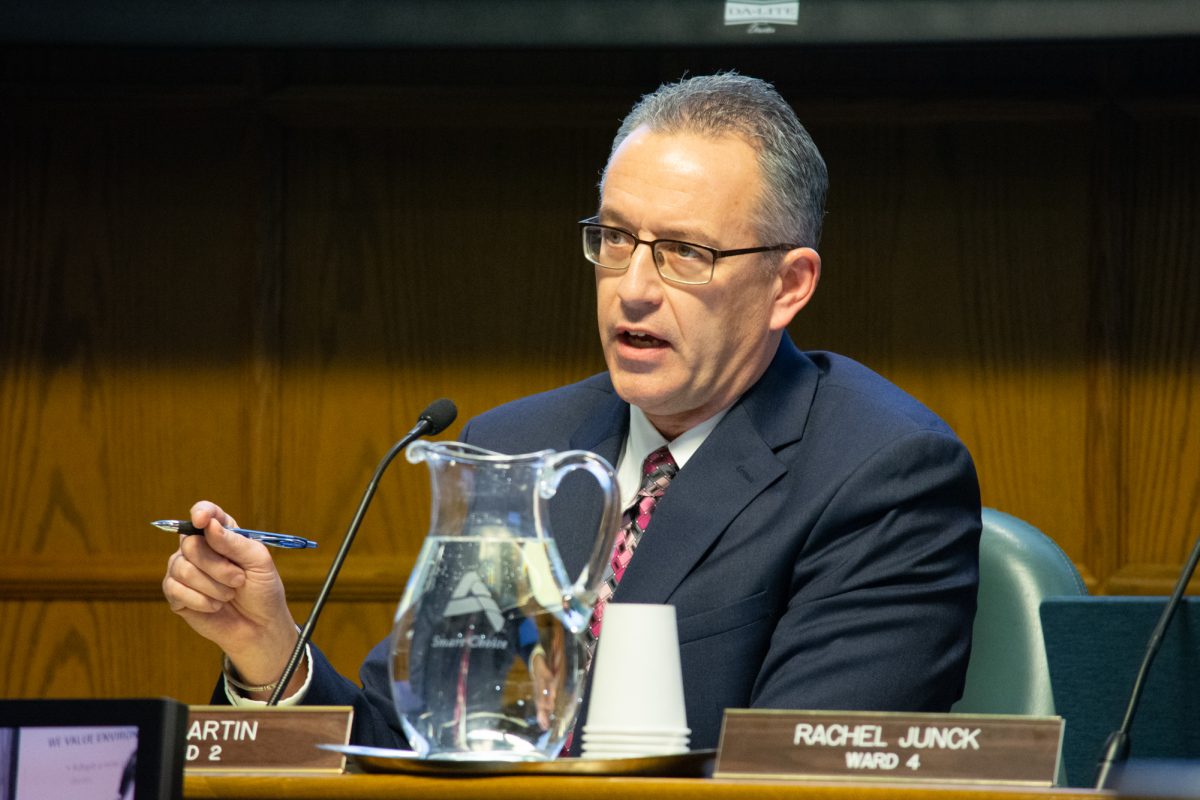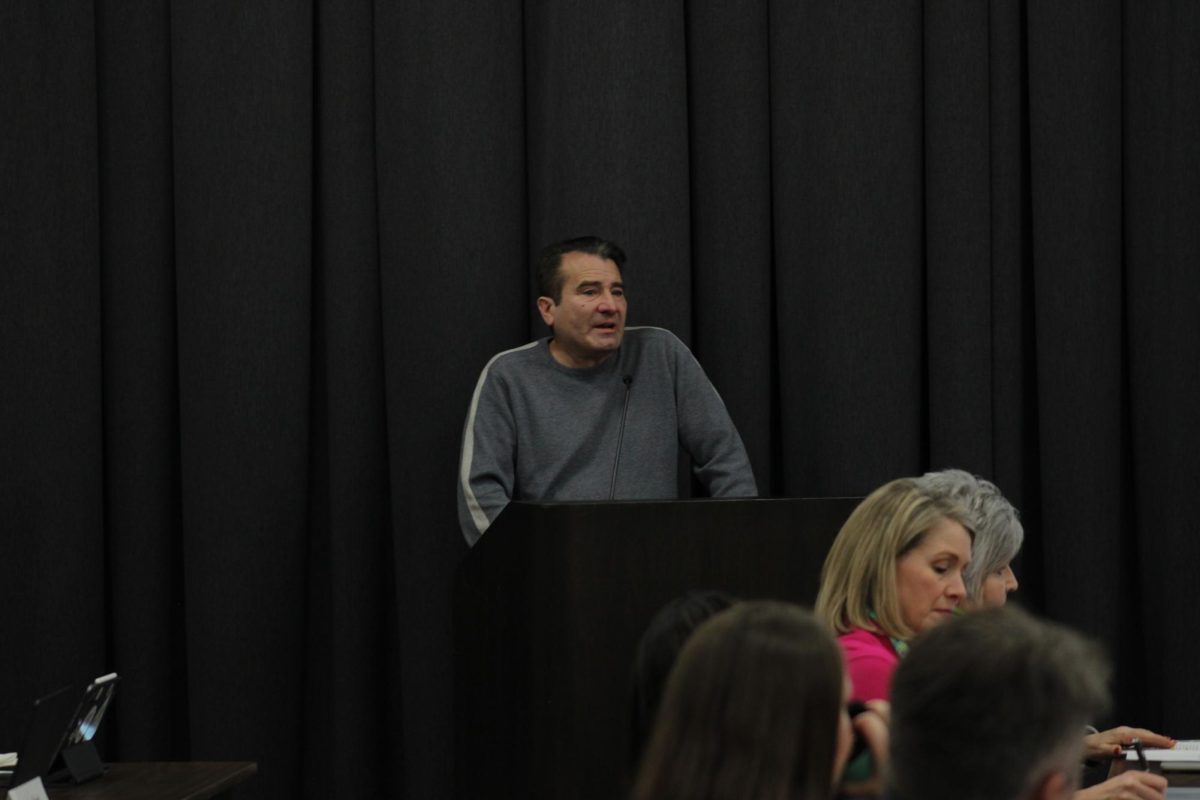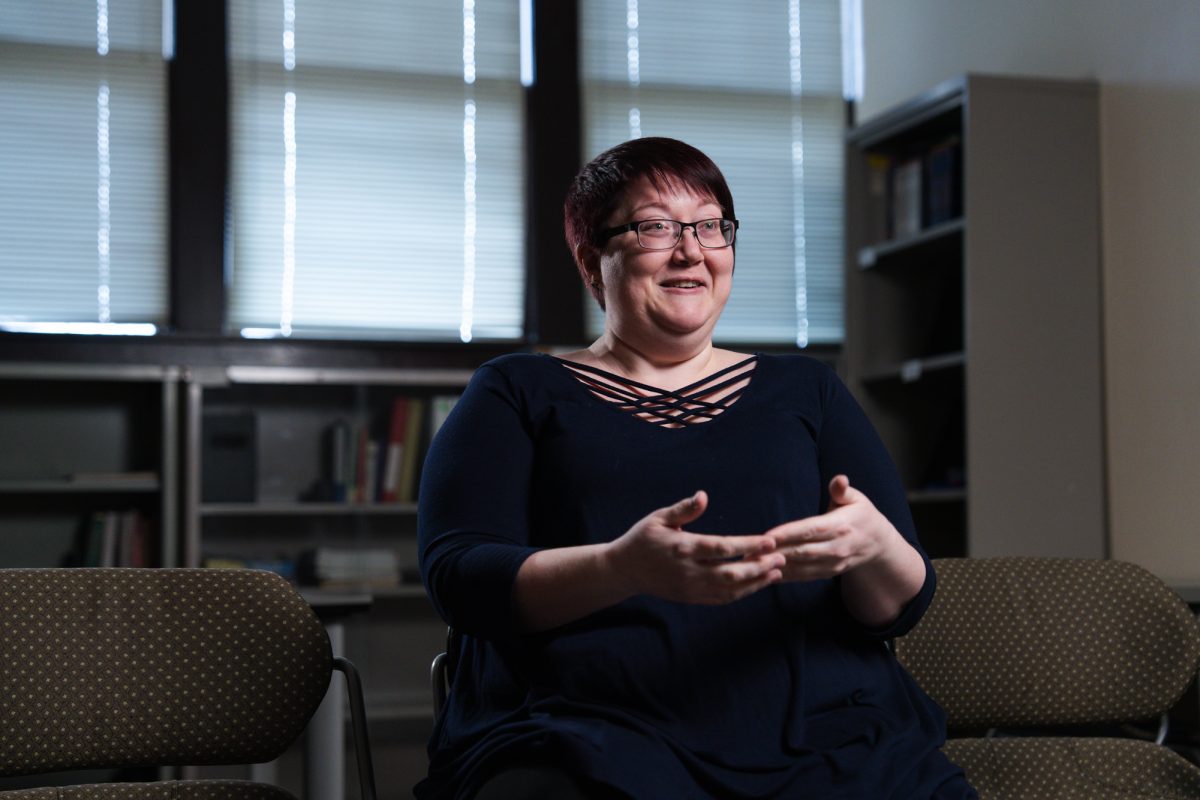SCIENCE BOUND graduate shares scholastic achievements, scientific frontiers
March 7, 2011
Dave Hoffman, professor emeritus of chemistry, sought to increase ethnic diversity and exemplify underrepresented groups in science.
Hoffman brought SCIENCE BOUND, a program to increase the number of ethnically diverse youth pursuing science based careers, to Iowa State.
Twenty years later, the first graduate of SCIENCE BOUND, Charles Stewart Jr., returned to discuss his scholastic achievements and scientific frontiers.
Stewart graduated from Iowa State in 2000. He gained undergraduate lab experience by working with Harold McNabb in the Department of Natural Resource Ecology and Management and later with Parag Chitnis in the Department of Biochemistry, Biophysics and Molecular Biology.
To expand his interests, Stewart received an industrial internship with Dow AgroSciences, LLC and gained new perspective in field research.
He advised students to take similar action in his lecture Monday night at the Memorial Union.
“Get involved in ‘doing science,’ the actual process, learn what does and does not work,” Stewart said.
Stewart also donated his time abroad in Northern Ghana for two months. Outside his lab environment, Stewart attempted to solve an agricultural problem in this region of Africa.
Striga hermonthica, a parasitic weed, infects the local crop production sucking out nutrients and essentially killing a staple food source.
Although the full answer has yet to be found, Stewart did determine that Striga hermonthica infects soils with low nutrients so by improving the soil one can potentially eradicate the problem.
Today, Stewart’s work focuses on plant proteins found in apple trees responsible for fighting fungus. Through structure alterations, he believes different functions can be found that will eventually lead to commercial benefits.
“We can tinker with plant proteins to produce chemical we currently get from petroleum,” he said.
For example, by altering Biphenyl Synthase, the protein found in apple trees, it is possible to produce adhesive, fragrances and plastics. He will continue to work with structural possibilities and chemical pathways.
Stewart believes curiosity and creativity are the fundamental parts of science.
“Science emerges from curiosity stemming from trying to make sense of the world around us,” Stewart said.
It is damaging to stereotype scientists as uncreative individuals, for curiosity leads to creativity, Stewart said.
“Science and art are two sides of the same coin,” he said. “Any student that has a creative side should keep it, nurture it, and let it nurture you.”
Stewart believes any upcoming scientist should use their curiosity and creativity to get them through the future roadblocks.
“As a scientist your individual curiosity and creativity is your contribution to society,” he said.






